Nosing, or the rounded edge of a stair tread, is an important part of any staircase. Not only does it provide a visual aesthetic to your stairs, but it also helps to ensure safety when navigating the stairs. Nosing is designed to increase the visibility of each step and reduce slipping hazards by providing extra traction for shoes. It can be made from different materials such as wood, metal or stone depending on your style preference. In this article we will explore what nosing on stairs is and why it’s important in order to keep you safe while using them!
What is Stair Nosing?
Stair nosing is the rounded edge of a stair tread that extends slightly beyond the face of the riser below it. It is typically made from materials such as wood, metal, or stone for both aesthetic and safety purposes. Nosing provides extra traction for shoes when walking up or down stairs, which reduces slipping hazards and makes stairs more visible. Stair nosing can be square or rounded, depending on the design of your stairs and the material used for the nosing. [1]
What Is The Purpose Of Stair Nosing?
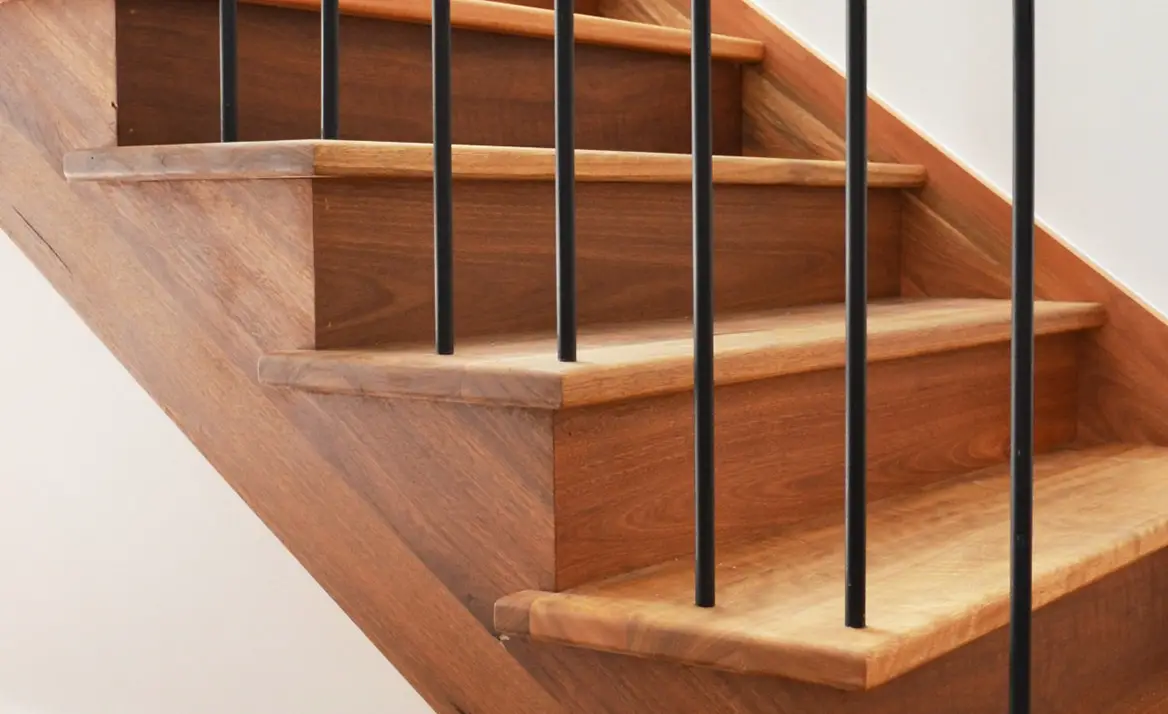
Stair nosing is a type of edging used to provide protection for steps and staircases. It helps create a safer environment, as it clearly delineates where each step begins and ends, making it easier for people to navigate stairs without slipping or tripping. Additionally, stair nosing can also help protect the edges of stairs from wear and tear due to frequent use. The nosing may be made from a variety of materials, including wood, aluminum, rubber, or plastic, as it needs to provide traction for users while also being easy to clean and maintain. Stair nosing can also help create a more aesthetically pleasing staircase by covering up any rough edges left by the steps. [2]
What Is The Purpose Of Stair Nosing?
Stair nosing is an important safety feature that helps provide better footing and improved safety on stairs. It also serves to help highlight the edges of each step, making it easier to navigate the staircase.
Improved Safety
The primary purpose of stair nosing is to improve safety on stairs. Stair nosing adds extra friction and anti-slip protection, reducing the risk of falls, slips, and trips. Stair nosing also provides a visual guide when climbing or descending the staircase, allowing users to better identify each step in low-light conditions or unfamiliar environments.
Protects the Staircase
Nosing on stairs is an important structural element that helps protect the staircase from wear and tear. It covers the edge of each step, making it easier to walk up and down the stairs without slipping or tripping. Applied correctly, nosing can also make a stairway safer by providing greater visibility for people walking on it. Nosing can also add a decorative element to the stairway, as it is available in many different materials and colors.
Furthermore, nosing helps complete the overall look of your staircase by creating seamless transitions between steps.
Improved Visibility
Nosing on stairs is an important safety feature that can improve visibility. It’s the rounded or beveled edge of each stair tread, which protrudes slightly beyond the vertical riser beneath it. Without nosing, you may not notice a step change from one level to the next and could potentially trip over it. Nosing also helps to define the stairway, making it easier to identify the number of steps and visually navigate them. [3]
Types of Staircase Nosing Options
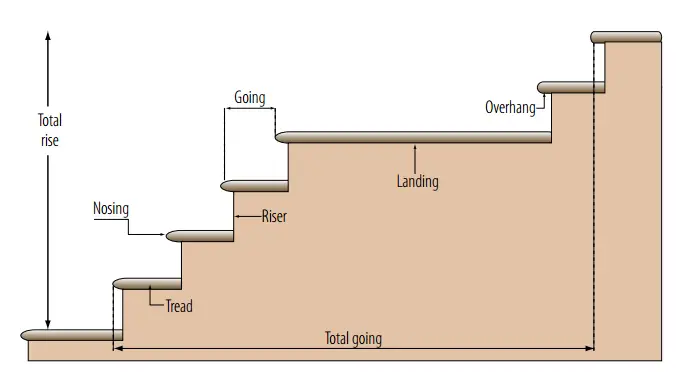
When it comes to nosing on stairs, there are several options available.
Pencil Round
Pencil round nosings are highly popular due to their elegant and sleek look. They provide a simple, yet stylish finish with rounded edges that create an overall neat appearance. Pencil round nosings are perfect for modern homes as they offer a minimalist aesthetic while still providing ample protection against slips and falls.
Square
Square nosing is one of the most popular styles of stair nosing. It’s characterized by its square shape that gives it a clean, finished look. Square nosing also provides an added layer of safety because it has more surface area than other types of stair nosing, which can help you keep your footing while on the stairs. Square nosing can be a great option for both interior and exterior staircases, as its shape is easy to customize and coordinate with existing designs. Additionally, square nosing can easily be painted or stained to match any decor style.
Half-Round
Half-round nosing, also known as bullnose, is a type of stair nosing that has a rounded design. Typically made from metal or wood, half-round nosing provides extra grip and support to the user when climbing stairs. It’s also aesthetically pleasing and adds a decorative element to your stairs.
Full-Round
Full-round nosing on stairs, also simply known as stair nosings, is a rounded edging applied to the edge of each step. This type of nosing is designed to offer additional traction and grip when ascending or descending the stairs, reducing the risk of slipping or falling. Additionally, full-round nosings can be used to protect the edges of stairs from damage due to heavy foot traffic.
They come in a variety of materials, such as rubber, vinyl, or metal. Some full-round nosings have illuminated strips that make it easier to see the steps when navigating them in low light conditions.
No Overhang
Nosing on stairs is a crucial part of stair construction as it provides a safe, secure footing for users. It is typically defined as the rounded edge that runs along each step. This feature provides an aesthetically pleasing look and ensures people don’t trip when going up or down the stairs. When constructing nosing on stairs, there should be no overhang. This means that the nosing should not extend beyond the riser or tread, as this could lead to a tripping hazard. It is important to keep in mind that any additional material extending from the edges of steps may create instability and cause potential danger for those using them. [4]
FAQ
What is the purpose of nosing?
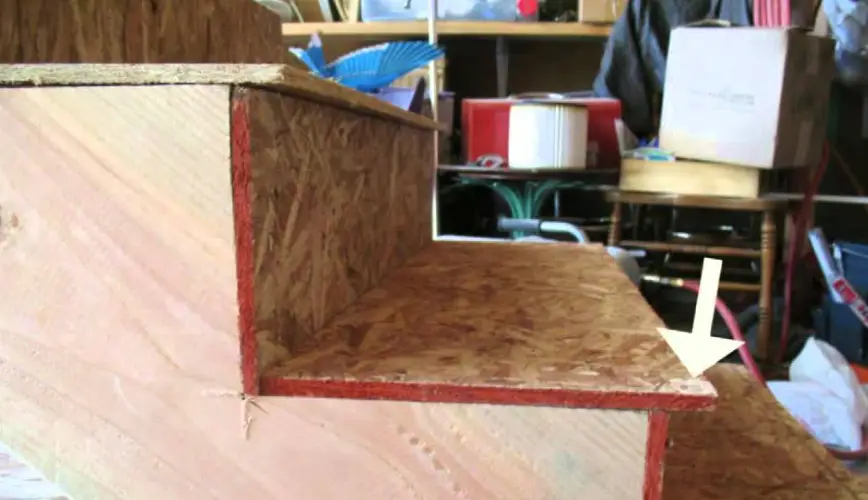
Nosing on stairs is a safety measure. It decreases the risk of slipping and falling by providing an extra edge for footing on the steps. The nosing also helps to bring uniformity to the stairway and provides a finished, polished look. Nosing also helps to protect the edges of the stairs, which can become worn down over time due to wear and tear. In some cases, nosing can also help to reduce noise from foot traffic on the stairs.
What is the difference between stair tread and stair nosing?
Stair treads are the flat horizontal surfaces that make up each step of a staircase. They provide the area which people will walk on as they ascend or descend the stairs. Stair nosing is a rounded overhang at the edge of each tread that helps to create an even, safe transition from one step to the next. It also provides a visual cue for people to indicate the start and end of each individual step. Stair nosing can be made from a variety of materials including wood, metal, laminate, or even rubber.
The most important factor in selecting stair nosing is making sure it is compatible with the staircase’s overall design and décor.
What does stair nosing look like?
Stair nosing is a material that lines the edges of stair treads. It is typically made from metal, composite plastic, or rubber and can be finished in a variety of colors to match the overall style of your stairs. The purpose of stair nosing is twofold: it helps protect the edge of the step from wear and tear, and it provides an enhanced level of traction to help prevent slips and falls. Stair nosing can come in a range of shapes and sizes, with some being curved or angled to match the profile of your stairs.
Additionally, stair nosing can be textured for extra grip or have lighting elements included to add visibility to dark staircases. No matter the style, stair nosing is a great way to add extra safety and protection to your stairs.
Do all stairs need nosing?
No, not all stairs need nosing. Nosing is only necessary for stairs that are often used by people and can become slippery due to wear, such as in commercial buildings or homes with a lot of traffic. For these types of stairs, it is important to include non-slip stair nosing to prevent accidents from slipping or tripping. Nosing is not necessary for stairs that are rarely used or in areas where people are unlikely to accidentally slip and fall, such as attic stairs.
Do I need nosing on stairs?
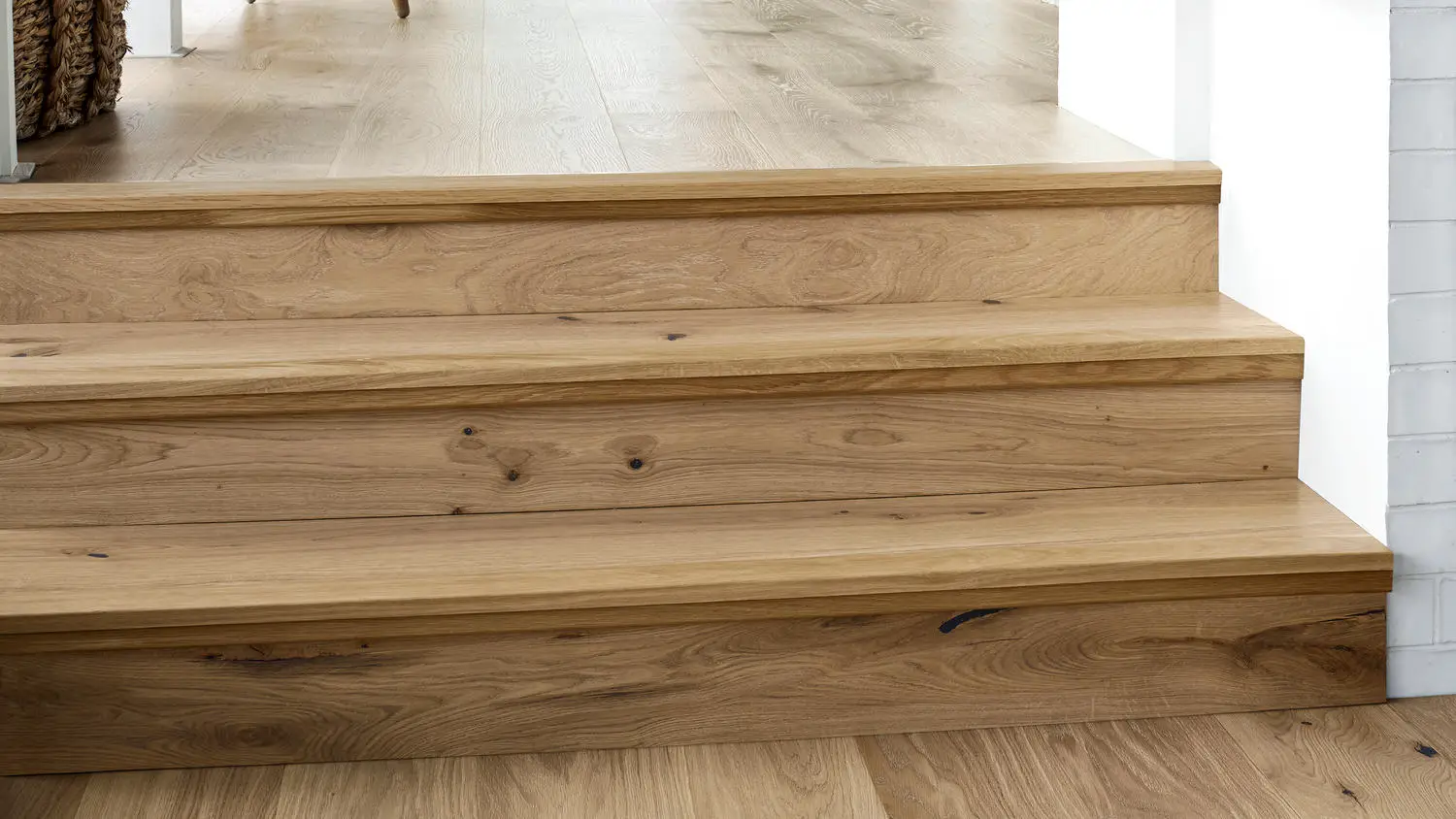
Having nosing on stairs is important, as it provides support for those using the stairs. It also makes them safer and helps reduce the risk of slips and falls. Nosing is also aesthetically pleasing and can add a touch of style to any stairway. When deciding whether or not you need nosing on your stairs, consider the following:
- If you are using a standard tread and riser, it’s recommended that you add nosing to your stairs for safety and aesthetic reasons.
- If you are using open-riser stairs, then adding nosing may not be necessary as they offer more stability without it.
- If you are using a more dangerous riser, such as one with a high profile or sharp edges, then nosing may be necessary to avoid injuries and accidents.
- Nosing can also help add visual interest to your stairs by adding a decorative touch. Ultimately, it’s up to you whether or not you choose to have nosing on your stairs.
How do you put nosing on stairs?
Putting nosing on stairs is a straightforward process, though it will require some specific tools. The steps are as follows:
- Start with the first tread of your staircase and measure its width. This measurement is used to determine the size of nosing you’ll need to purchase for each step in order to ensure that all the steps have a consistent look.
- After you’ve measured, mark the length and width of the nosing onto the stair tread using a pencil or chalk line. This will give you an idea of where to install it.
- Cut each piece of nosing to size according to your measurements and match up the pieces with the appropriate step on your staircase.
- Use a drill to attach the nosing to each tread with screws, making sure that they are tight and secure.
- Lastly, use wood filler or caulk to fill any gaps between the nosing and the stairs for increased stability and aesthetic appeal. After you’ve completed these steps, your nosing should be securely and neatly installed.
How do you add nosing to stairs?
Adding nosing to stairs is a relatively simple process. First, you need to measure the stair treads and calculate the amount of nosing needed for each step. Once you have your materials ready, it’s time to begin installation. Begin by cutting the nosing material to fit the treads of your stairs.
Next, attach the nosing to the treads with adhesive, making sure it is securely fastened.
Finally, use a router or hand saw to create an angled edge on each side of the nosing. This will give your stairs a finished look and provide a secure grip for anyone walking up or down them.
What is the best stair nosing?
When it comes to stair nosing, there are several options available. The best option depends on the type of stairs, their environment and the desired safety features. For instance, metal stair nosing provides long-lasting protection and is often used in industrial applications due to its high durability. It can also be used for outdoor stairs, as it is resistant to wear and tear from weather conditions. Rubber stair nosing may be the best option for indoor stairs, as it provides a cushioning effect that reduces slips and falls. Wood stair nosing offers aesthetic value along with slip-resistance, while also helping protect the edges of steps from wear and tear.
Ultimately, selecting the best nosing for stairs will depend on the specific environment and desired features.
What are other names for stair nosing?
Stair nosing is also known as stair edge trim, step edging, tread nosings, or safety nosings. This type of product provides a secure covering for the leading edges of stairs, helping to reduce slips and trips. Stair nosing can be made from a variety of materials such as rubber, plastic, metal, wood, aluminum, and composite materials. Each material has its own advantages, so it is important to choose the right type of stair nosing for your particular application. Also, many stair nosing products come with treads or anti-slip features that improve stair safety.
Additionally, some products are designed to reduce noise from footsteps on stairs and can be used both indoors and outdoors. Stair nosing is an important part of any stair system, providing a safe environment for people walking up and down the stairs.
Is stair nosing safe?
Stair nosing is a safe and effective way to prevent slips and falls. It adds extra traction to the edge of the stair tread, allowing for a safer foothold as you ascend or descend stairs. Stair nosing can be installed in any type of staircase, including wooden, concrete, tile, marble and carpeted staircases. It is available in different shapes and sizes, depending on the type of stair treads. In addition, it can be made from a variety of materials such as rubber, metal or PVC plastic.
Stair nosing can even have a decorative appeal to match your staircase’s decor.Installing stair nosing is relatively easy and inexpensive.
Useful Video: Condo vs House vs Townhouse | Which Type of Real Estate Should You Purchase? | First Time Home Buyer
Conclusion
Nosing on stairs is an important aspect of stair design and construction. It serves both an aesthetic and a functional purpose, helping to keep people safe as they climb up and down the stairs. When selecting materials for stair nosings, it’s important to make sure that they are tough and durable enough to stand up against wear-and-tear over time. Additionally, if the nosings have an unfinished edge, it’s important to sand off any sharp edges and smooth them out for safety reasons. Ultimately, nosing on stairs is a great way to add a finished look to your staircase while also helping you keep safe and secure.
References
- https://www.blueprintjoinery.com/blog/what-is-the-purpose-of-stair-nosing/
- https://www.floorsave.co.uk/blog/stair-nosing-what-is-its-purpose/
- https://www.gowlingstairs.com.au/blog/what-is-the-purpose-of-stair-nosing
- https://anthologywoods.com/aw-blog/staircase-nosing-options




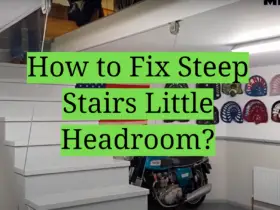
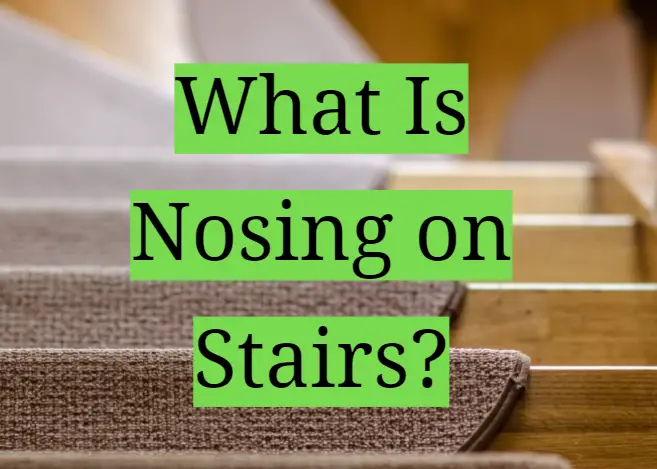

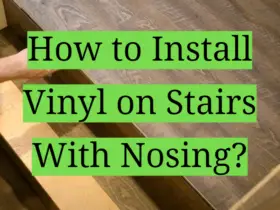


Leave a Reply